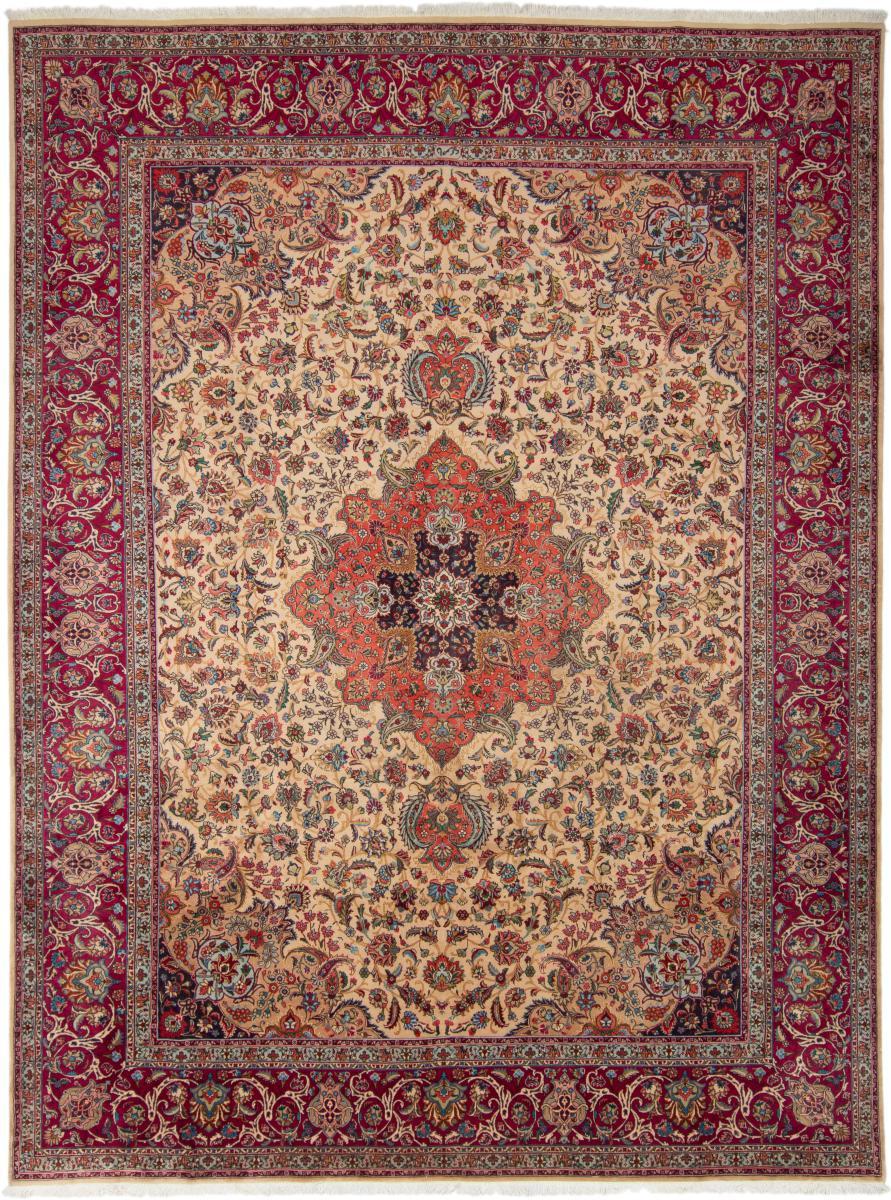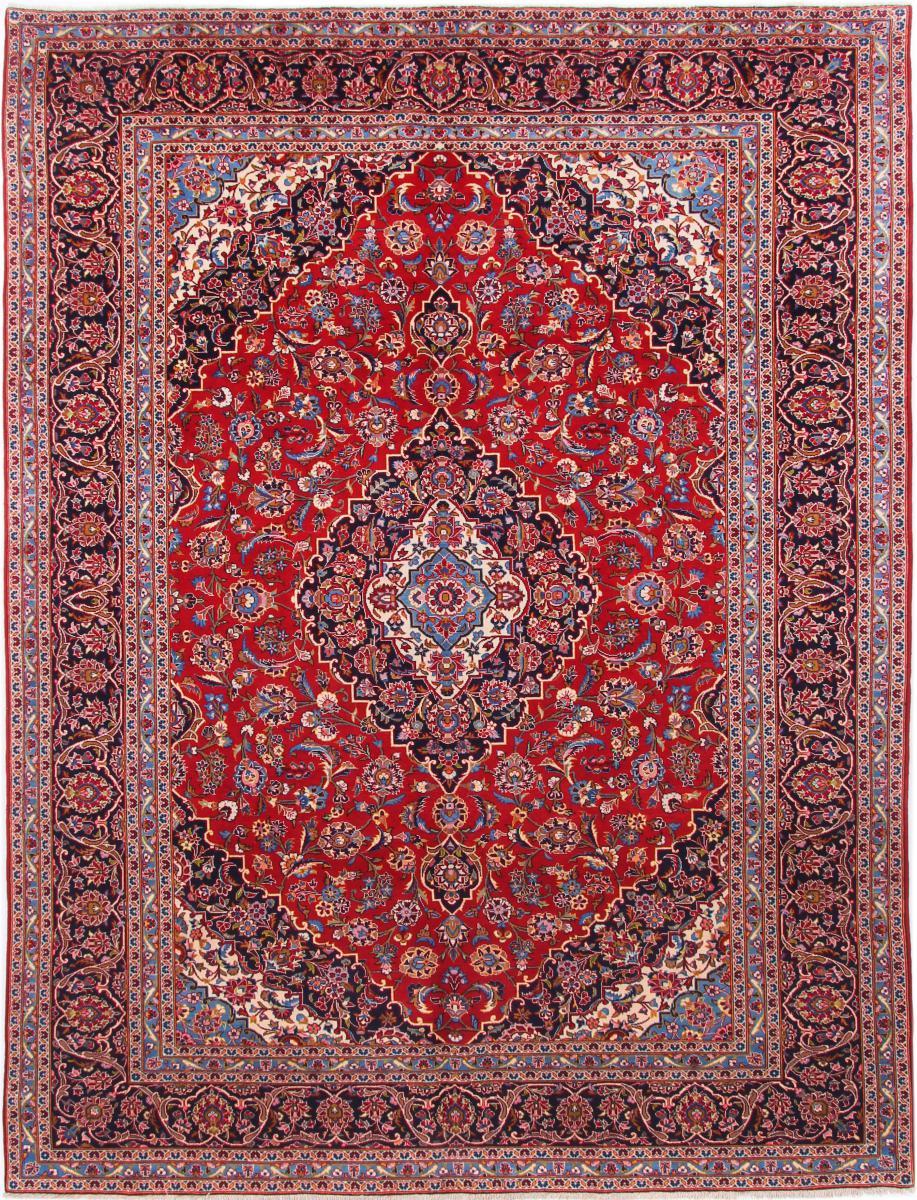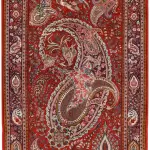The role of Lachak and Toranj in Iranian handwoven carpets
Lachakak and tranj patterns are one of the most common designs in Iranian handwoven carpets. In fact, lace and Toranj is a design that is very familiar to most of us and we often have at least one example of it in our home. In most of the famous carpet weaving areas of Iran, a sample of Lachak and Toranj design is often produced, either in a rotating or geometric form. Therefore, in this article, we are going to introduce this distinctive and original design in Iranian carpets, and its roots and types.
Lachakak and Toranj, a common design in Iranian art
It is very common to use Lachak and Toranj patterns in Iranian carpets. In these types of carpets, the middle Toranj is usually decorated with branches and flowers of Slimi and Khatai (a style of floral and plant design in traditional Iranian motifs) in a broken or twisted form, and these geometric or twisted motifs have frequent branches and branches. To design the Lachaks in the Lachak and Toranj design, usually the same middle tanrag design is divided into four parts and placed in the corners of the carpet in the form of Lachak. In Iranian carpets, the middle Toranj is richly decorated with flower branches, and less empty space is observed in it. Carpets, known as Baghi, are decorated with patterns of grass, flowers, and streams, in which many fish are seen, and birds such as ducks and other marine animals are drawn in it. The map of Lachak and Toranj carpets is a quarter in almost all cases. This means that the map of a quarter of the entire surface of the carpet is drawn, and then by repeating it three more times, they get the pattern of the entire carpet.
Definition of Toranj
In the culture of Dehkhoda, Toranj is defined as a large, round or multi-eared flower pattern that is woven in the middle of a carpet. In the culture of Omid Toranj, it is defined as a type of carving that is made from a combination of flowers and leaves and slime designs and is mostly placed in the middle of other carvings in the pattern of carpets, rugs, curtains, tiles, and gilding. In Farshnameh of Iran, Toranj is a conventional motif that has a special place among carpet designs, it is among the combination of Shah Abbasi's adzeenas and it is based on leaves, flowers and slimy, and in its general shape, it is square, rhombus, oval or round, like the sun. or stars and multi-feathered flowers, and also its origin is taken from pre-Islamic motifs. In all these definitions, there are a few specific points about Toranj, namely that a central role in the carpet is a range consisting of plant and animal motifs and having a circular, oval or polygonal shape.
Varieties of tangerine motifs in Iranian handwoven carpets
The common patterns of Toranj can be divided into four groups: circle, which is the most common Toranj shape, and sometimes complete rhombus, which is mostly used in carpets, and square, oval, which is the most used after the circle, or incomplete, which may be square or rectangular. The variety that can be seen in the motifs used in Toranj Qali is not in the cover of the book. In terms of number and size, the Toranjs used in the carpet and the book cover are different because in the carpet sometimes more than one Toranj is seen, but in the book cover there is always only one Toranj in the center. One of the reasons for the great variety of the role of Toranj in carpets is that during the Safavid era, in most parts of Iran, weavers with good taste were engaged in weaving based on their taste and creativity and inspired by nature, and it can be said that they were not influenced by a single pattern for their carpet motifs. Most of the weaver's taste is visible in the carpet motifs, and the artist was allowed to fully control the design of the carpet.
The origin and roots of the Iranian Toranj character
There is no exact information about the origin of this role and the initial shape of the tangerine design. Some consider it a modified form of the Aryan Sun (Swastika) used in pre-Islamic periods. Some consider it to be the same as the shape of the pond, which has gradually changed into a rhombus, hexagon, and octagonal shape with the change of the pond's architecture. What is clear is that the Toranj is an original and demanding design of a culture, which probably has an ethnic identity, such as the design known as Lilian, Armenian weave, or Turkmen and Qashqai. The ritual and mythological value of Toranj is like a bush and a fish, a symbol of Mehr and Mithra, a religious value (Mihrab and Janmazi), a historical identity (like the Aryan wheel), a geographical identity (Haris and Caucasus), Iranian architecture and art (Lachakak, Toranj and Slimi). Therefore, the role of Toranj in most works of art throughout Iran originates from a rich source throughout history. , the reflection of the mentality, its evolution to today's form is basically the reflection of the Iranian Muslim artist's mentality, thought and desire in the manifestation of the Garden of Heaven and a spiritual space.

The history of the role of Lachak and Toranj in Iranian carpets
Despite the fact that so far no carpets with Lachak and tranj patterns have been found before the Safavid period, but it seems that lat and tranj patterns are much older and more ancient, whose roots should be sought in the ancient religion and myths of Iran. Of course, this does not mean that the Lachakak and Toranj motifs existed before the Safavid period with the same shape and image; Rather, probably, at least according to the findings of researchers, there were ponds in the designs of Golestan before the Safavid period. At first, there were several ponds along the length of the carpet, and the predominant form was three ponds, which later changed to one pond in the center. Becomes. With the advancement of carpet weaving techniques and the arrival of Islam in Iran, Lachakak and Toranj have been a place for Iranian Muslim artists to test their taste with similar concepts and more than before as well as with a more decorative image. This issue is also not contrary to the fact that Toranj in other arts, such as book design, has reached stages of perfection due to the ease of design and pattern in it compared to carpets, and carpets are also affected by it in a parallel way; But the originality of the role is far away from book layout.
The relationship between the Golestan design and the role of Iranian Toranj
In the design of Golestan, there are fountains or ponds, which according to some researchers and carpet researchers, the role of Toranj in the carpet replaces or represents the same pond in the design of Golestan. In the oldest examples of trange carpets, the tang is woven in the same way as the original form of Hoz in a square shape. It seems that the pattern of the pond, which is a simple and generally quadrangular or octagonal pattern with fish or birds such as ducks inside it, is the basis of the tangerine pattern. At first, this pattern was common on the carpet, but later it was changed and changed from three basins to one basin, and this single central basin gave its place to a garden, which can be called as an important development in Iranian carpets. One of the most beautiful examples of Iranian carpets in which Toranj is used as a reservoir is the beautiful Isfahan garden design carpets.
Motifs in the composition of Toranj
Motifs in the composition of Toranj are generally divided into three categories, which include plant motifs (Khatai, Slimi), geometric motifs and animal motifs (animals and birds).
Plant motifs
1- Slim design
Slimi is an abstract diagram of the general form of a tree, especially a vine tree, which grows with successive and coordinated twists and turns of branches decorated with leaves and half-leaves and its nodes from the bases that are called slimi bands, and with a special order and an eye-catching shape that exists among its components. are appearing Slimy is a design consisting of beautiful circular arches that are completed with harps, muscles, harp heads, knots and suitable branches and has a special beauty and splendor. There are different types of slime designs: simple or elephant slime, feathered slime, hollow slime, torpedo mouth slime, mary slime, floral slime, etc. Slimi motifs are sometimes used alone and sometimes in combination with khatai motifs in Lachakak and Toranj carpets, the latter being more common.
2- Error plan
Khatai designs include: abstract designs of plants, including flowers and leaves, which were used in gilding, paintings and other arrays of manuscripts and gilding. The main difference between Khatay designs and Slimi designs is that in Slimi they drew a pattern known as "Sir Slimi", but in Khatai designs, "Sir Slimi" designs give way to simple flowers including petals. In fact, most of the decorations in the carpet are plant motifs, among which, as mentioned, Slimi and Khatai motifs are the most used in carpet decoration. The motif of Mai Khatai includes all kinds of flowers, buds and bushes that are placed on the Khatai branch. including fouls; Shah Abbasi flowers are three, four, five, six, eight, butterfly, etc. The fault branch also has a spiral circulation and is sometimes used in a broken form. Faulty patterns move gracefully from side to side with slimy patterns.
Geometric patterns
As the name suggests, the geometric design should have straight, diagonal or vertical lines. What is important in the plans and roles of cities, provinces and different ethnic groups and what makes them different is the way they are drawn and designed, and despite the fact that all of them are known as geometric plans, they have subtleties that are based on these subtleties. It is possible to distinguish, for example, which tribe and tribe or nomad this carpet belongs to. In fact, in geometric design carpets, sometimes the same Khatai and Slimi motifs are used in a geometric form. What is very impressive and special in carpets with geometric patterns is the way diagonal, vertical and horizontal lines are woven. These lines are so beautifully and expertly woven, as if they were aligned with a ruler, that they are as precise and elegant as they are beautiful, as well as ingenuity. The most beautiful examples of Iranian hand-woven carpets, in which the pattern of Lachak and Toranj are used geometrically, can be mentioned the beautiful Qashqai carpets, Joshghan and Kalardasht carpets.
Animal motifs
Animal motifs are one of the most important and effective motifs that can be seen in Iranian carpets. These motifs have been repeated many times in Iranian carpets both in a natural and realistic form and in an abstract form since the Safavid era. Animal motifs include lion, horse, antelope, deer, lion and leopard, etc., and bird motifs include peacock, pigeon, sparrow, duck, hooded, rooster, etc., which are used in carpets. As mentioned, the most beautiful examples of the use of animal designs in Lachakak and Tareng carpets can be seen in the beautiful carpets of the Safavid period. Currently, examples of it can be seen in the pictorial carpets of Isfahan.
Tangerine shape structure
The Toranj has various motifs, the names of which are: geometric Toranj, nested Toranj, bowl and half-bowl Toranj, triple Toranj, double Toranj, mouse tooth Toranj, medori Toranj, Isfahan style Toranj, Shah Abbasi Toranj, small Toranj (chicken Toranj), Toranj, Toranj, Toranj, bouquet Toranj, Shah Abbasi Toranj, Toranj with Toranj, Toranj with Toranj, simple floor Toranj, jungle Toranj with Toranj, Afshan Toranj with Toranj, tree with Toranj.
Final word
The beautiful pattern of Lachak and tranj is one of the most common designs in Iranian carpets. The origin of this original design should be considered in ancient Iranian beliefs about the sanctity of the sun and centrality of garden and pond in Iranian culture. This original pattern can be seen in different forms and types in Iranian carpets; Lachakak and Toranj are woven in the form of swirls in the carpets of Isfahan, Tabriz, Qom, Kashan, Nain, etc., and broken in the beautiful carpets of Qashqai, Joshghan, and Kalardasht. Lachakak and Toranj is a design from the heart of history, that each of us Iranians has at least one example of this work of art in our home and we enjoy seeing its beauty.
You can inquire about Buying Handwoven Carpets , Buying Handwoven Kilim and Mats , and Buying Handwoven Pictorial Rug Tableaus online from the Hoveida Carpet Store and register all your orders and Wherever you are in the world, deliver it to the desired address in less than 4 working days.
If you are interested in reading other articles in the field of Handwoven carpets or Handwoven Pictorial Rug Tableaus , please refer to Hoveida Carpet Commercial .
Leave a comment
Your email address will not be published. Required fields are marked *












